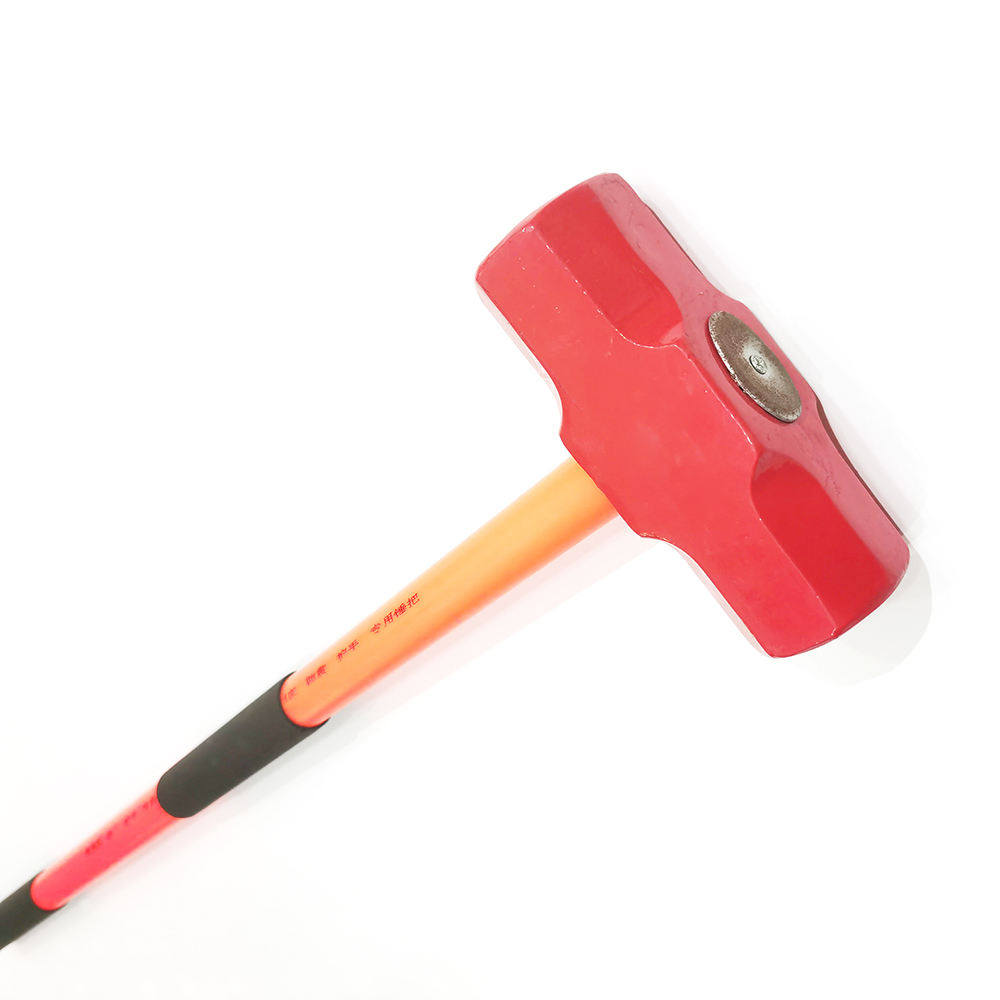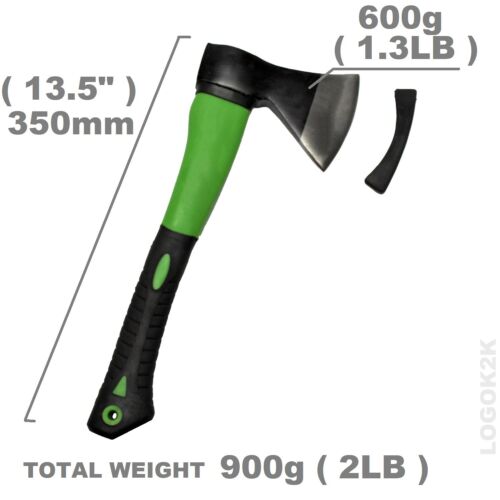To save lives and goods, firefighters should guarantee their safety first so that they can limit the risks and face more and more challenges. Personal hand firefighters’ tools should be meticulously selected to support them in their noble missions perfectly. A firefighter using efficient and trusted equipment will definitely feel more confident and motivated to give his best during the most complicated missions.

This article gives recommendations to optimize your firefighters’ hand tools choice.

Table of Contents
Three relevant criteria to consider before choosing any personal hand tool for firefighters:
1. Safe tools for safe interventions
Personal hand tools for firefighters should be safe to support them to better accomplish their missions. These specific tools should be manufactured with safe and durable materials that resist extreme conditions (fire, water, ice, chemicals…). In addition, the design should certainly limit all injuries risks for the firefighter as well as for the rescued persons. However, it shouldn’t limit the mobility, the vision or the comfort of the firefighter. In addition, all the necessary protections for blades or any sharp tools or parts should be taken into consideration.
2. Handy tools to focus on your target
Personal hand firefighters’ tools’ major role is to facilitate their challenging missions. Accordingly, we should opt for ergonomic designs that guarantee free mobility, excellent gloved hands grip, access to pockets or other tools, convenient size and perfect fit, and adequate weight to maintain ideal balance for the body.
3. Efficient tools to succeed in your missions
In addition to being safe and handy, firefighters’ tools should also be efficient. Operating in critical and stressful conditions doesn’t usually give them enough time to think or to try different options. Firefighters should rely on the most efficient tools to accomplish their operations in less time and limit the risks as much as possible.
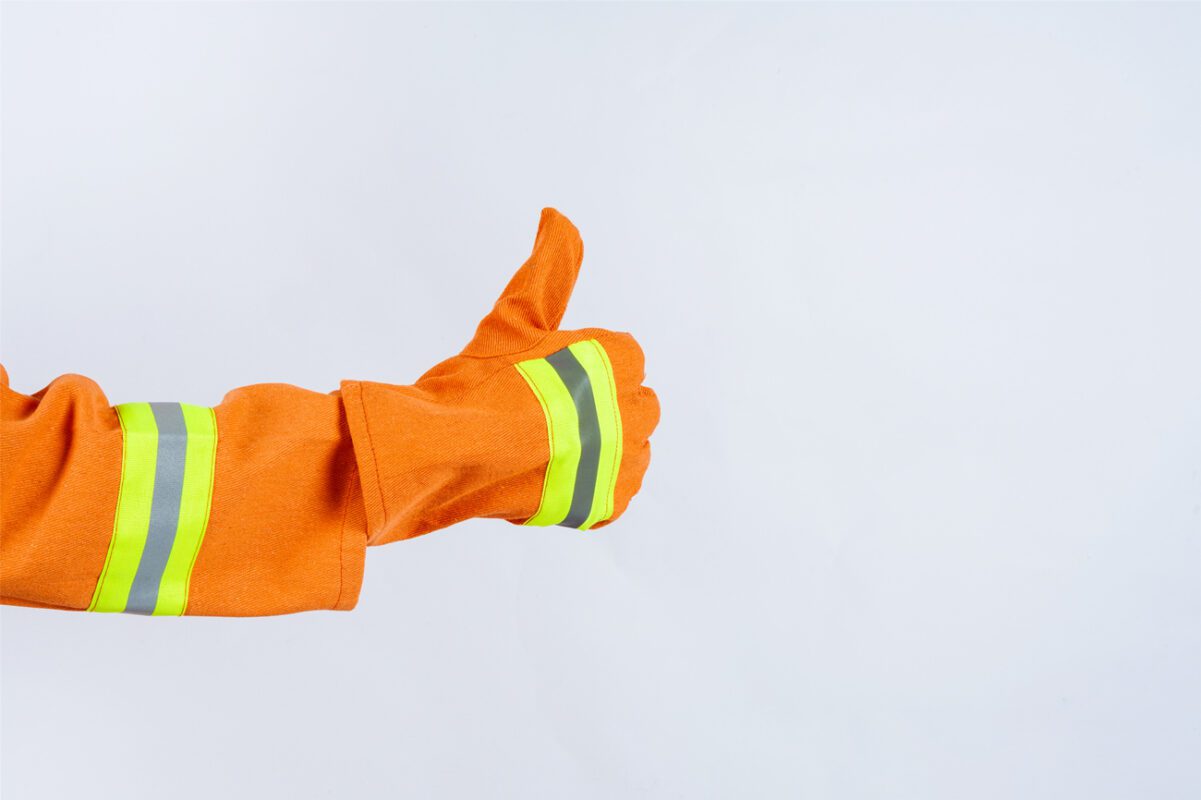
Specific features for specific personal hand firefighters’ tools
Unmissable rules to optimize your hand firefighters’ tools still: safe, handy and efficient. However, there are a few other specific criteria related to the kind of tool.
Flashlights (Personal, Helmet, Right-Angle)

Flashlights are one of the vital firefighters’ tools. In fact, they are usually forced to operate in the lowest vision conditions. Whether, we are considering personal, helmet or right-angle flashlights, selecting these devices usually obeys to the same standards, they all should be:
-Fire and explosion resistant: to support the firefighter even during extremely hazardous conditions
-Waterproof: to defeat any unexpected climate conditions or accidental disasters
-Long lifetime for LED’s of light bulbs: Some missions could take much more time than expected
-Shock resistant: to resist to extreme operating conditions
-Responsive controls: adjusting and setting the light should be easy with an excellent response time
-Adjustable light brightness and intensity: to guarantee the perfect vision
Extrication/Safety Work Gloves

It has never been easy or comfy for firefighters to operate with safety work gloves. This essential accessory limits their hand mobility, dexterity and their movements seem slower and less precise. However, safety remains a major priority so that they just need to optimize their choices and to take a few points into consideration:
-Fire resistant: to be able to operate safely
-Waterproof: wet gloves makes movements slower less fluent and less precise
-A wide range of fit sizes: you have to try different sizes and forms till you find your perfect fit
-Rubbing and friction resistant: to minimize damagement and injuries risk during operations
-Thermal comfort: to minimize freezing or sweating risks
-Flexible and stretchable: for enhanced dexterity and mobility
Safety Glasses
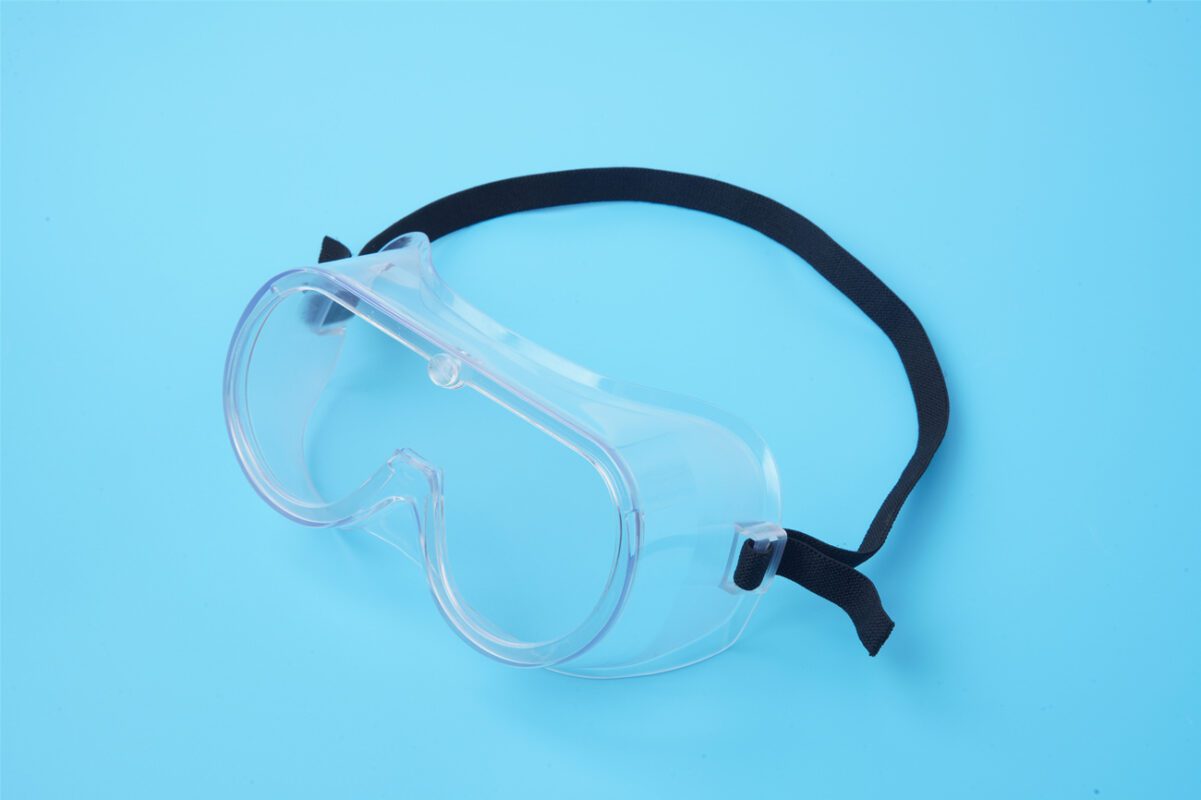
Safety glasses are another essential firefighters’ tool, since it protects your eyes from ejected, hot or dangerous liquids as well as from fire rubbles and sparks. To better accomplish their rescue missions, limit the risks and optimize your vision within extreme conditions, this accessory should respect some standards:
-Resistant to high temperatures
-Resistant to dust
-Resistant to gas and chemical splashes
-Anti scratch
-Anti-fog
In addition to these points, some safety glasses could be equipped with ventilation which helps to resist fogging caused by gas, heat or sweat.
Rescue Knife
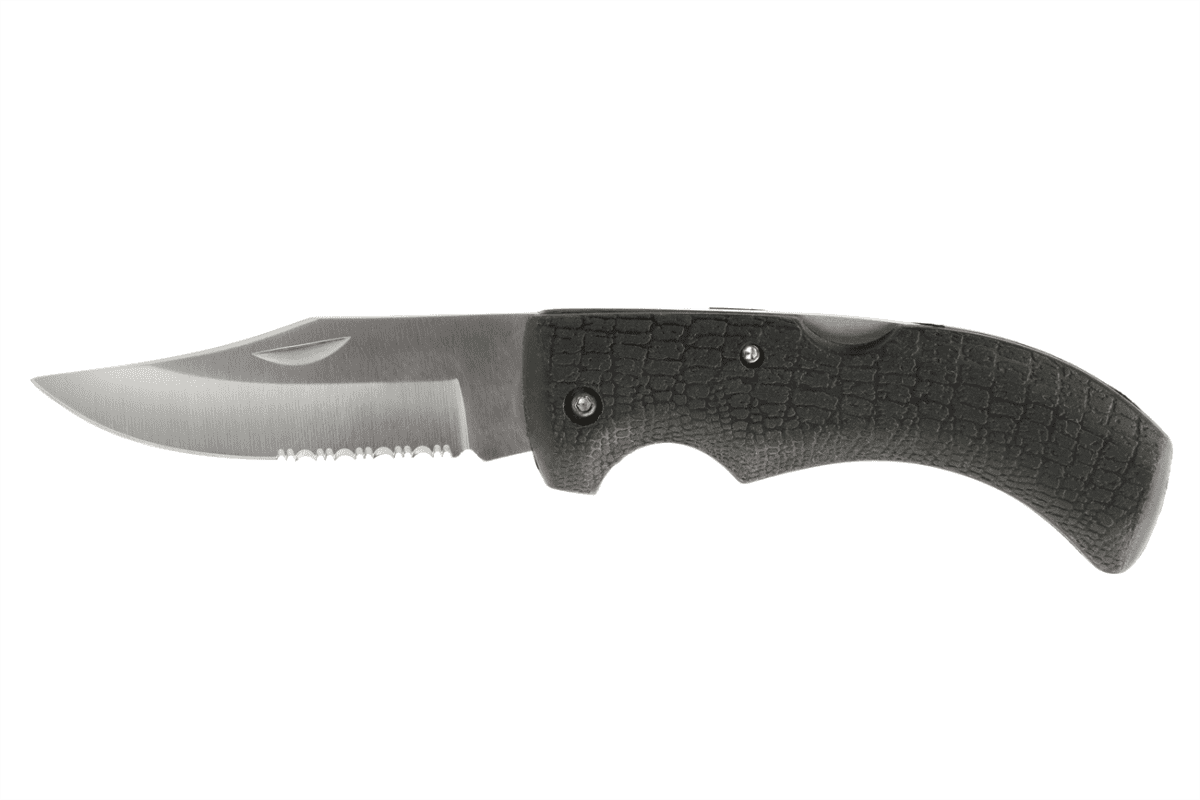
A rescue knife is one of the most decisive firefighters’ tools highly required in critical emergency cases. It could cut seat belts or break windows to save lives. To choose your perfect firefighter rescue knife, there are some key features to take into consideration:
-Resistant and durable: high-temperature resistance and manufactured with solid materials for the handle as well as for the blade
-Suitable size and weight: for a perfect gloved hands grip
-Easy locking and folding mechanism: for an easy safe use
-The blade design: suitable for firefighters use
-Multifunctional usage: glass breaker, plier, cutter ….
Multi-tool
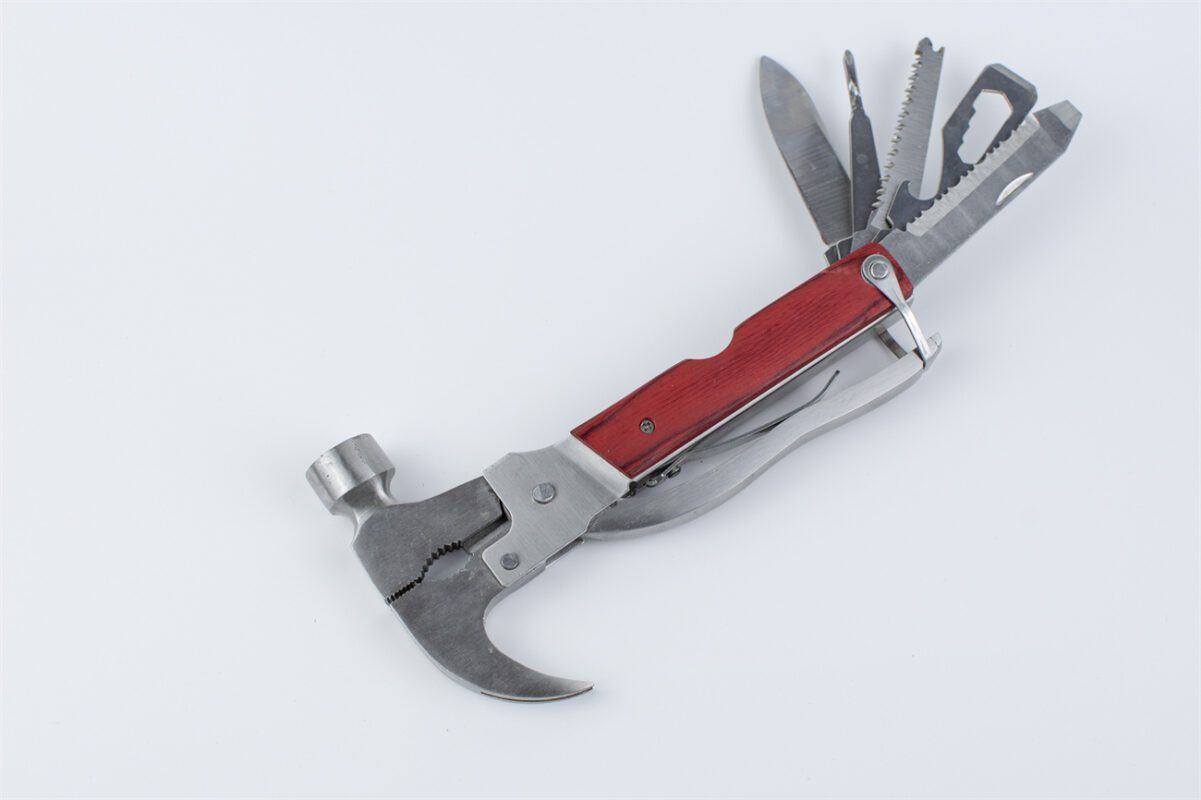
Firefighters usually try to carry a variety of handy tools to be able to enhance their dexterity and to act in a timely and efficient manner. Multitools offers numerous options so that you can rely on fewer tools with more features. Still, they need to find the perfect compromise between size, weight and features. The are also a few other points to be considered:
-Easily carryable and foldable
-Durable and Resistant to fire
-Protected sharp parts and blades
-Easy grip and simple manipulation even with gloved hands
Wire Cutters

To accomplish their rescue operations, firefighters usually need to reach inaccessible places in damaged buildings. To move easily and fastly they have to cut different kinds of wire. Effective wire cutters are vital tools for firefighters so that they should be carefully selected to support them during their challenging missions:
–Resistant materials: for handles as well as for blades to guaranty effectiveness and resist to fire and extreme conditions
–One hand use: usable and effective even with one hand
–Gloved hand use: easy to grip and use with gloves
–Guarded blades: to limit any injuries risk, blades should be protected and equipped with a practical locking mechanism.
Personal Escape/Bailout Rope and Descent Control Device

One of the expected scenarios a firefighter should be perfectly prepared for is to escape from high hazardous buildings. These operations require rigor, carefulness and effective personal escape tools. Bailout ropes and descent control devices should be:
–Highly resistant: made out of durable, waterproof and fire resistant materials
–Simply auto locked and deployed: able to be quickly operational for emergency situations
–Effortlessly controlled: smooth descent to be able to successfully manage stressful situations
–Easily carried: this escape equipment should be lightweight and comfortably fixed to the turnout.
Heavy-duty Webbing

Heavy_duty webbing is another imperative for firefighters. To escape at the last minute alone or carrying injured rescued persons you need to rely on a trustful heavy-duty webbing. The choice of this equipment obeys to numerous strict standards because they are used in very hazardous conditions and critical situations:
–Chemical resistance: low damages risk in contact with solvents and chemicals
–Highly solid and durable: to be perfectly safe during buildings scaling
–Abrasion and cut resistance: to ensure injuries protection and safety during rescue operations
–Melting resistance: to resist to fire and high temperatures
–Excellent elongation break: having the exact amount of elasticity to prevent break risk.
Shove Knife

To be able to rescue any person trapped by fire or any other disaster, firefighters usually need easy, fast and non destructive methods to open doors. Shove knives are the perfect tool for this kind of operations, especially if we consider the following features:
–Versatile: works for inward or toward doors
–Easy use: to be able to operate smoothly and fastly
–Protected blade: to limit injuries risks
–Lightweight: to avoid overburdened firefighters
–Easy folding and carrying: to operate efficiently
Hose Management Tool

Hose management tools are one of the most decisive tools at firefighting operations. There is a wide range of models and techniques from the manual to the automatic systems, but the most important is that you opt for durable, high quality materials and that you perfectly master their use. We can also take into account a few other pertinent characteristics:
–Easy and fast deployment and folding: to operate in a timely manner
–Flexible: Ideally with possible clockwise rotation
–High quality and durable materials: chemicals resistant, abrasion resistant and fire resistant
–Quick response time: no draining, dragging or stacking
–High volume attack: to be more efficient on fire extinction

Screwdriver

Firefighting is a versatile multitasker job which needs a wide range of skills. One of the key firefighter tools is the screwdriver which allows him to have much more options to get access to any place he needs to be in to rescue lives and extinguish fire. To better support your firefighters’ crucial missions, they have to keep in mind these options before choosing their screwdriver:
-Durable and resistant to extreme conditions
-Easily usable with gloved hands
-Protected to avoid injuries
-Ideally foldable and multifunctional to be easily carriable









